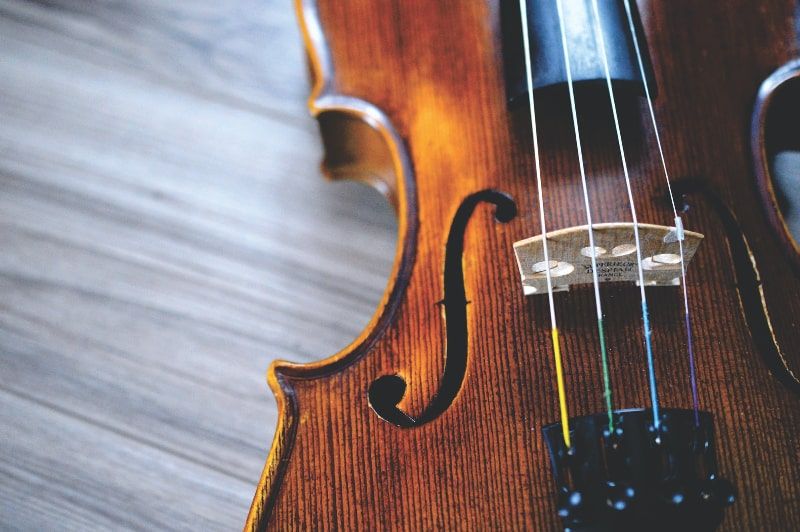The Untold Wealth of Traditional Mexican Music
It is not possible to make a history of the traditional music of Mexico in such brief lines. Here is a small sketch to point out the complexity of this process and to show the diversity of instruments and musical genres played today.





